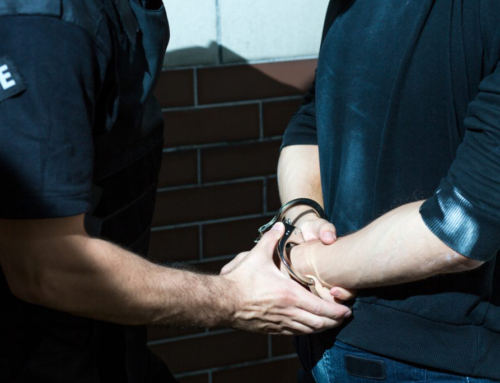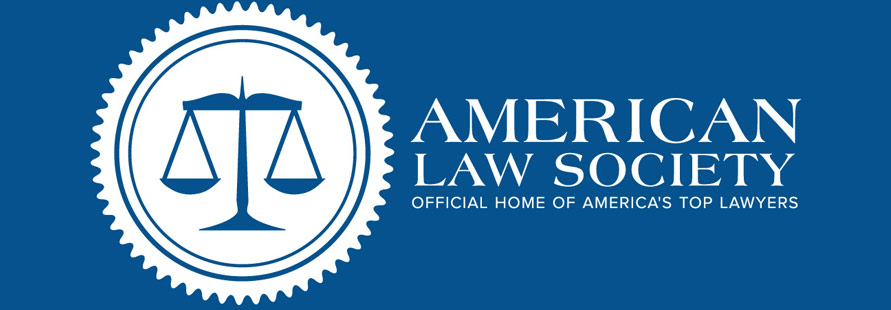 The goal of criminal justice reform is to reduce the numbers of Americans who are kept away from society and deprived of freedoms while simultaneously making sure we aren’t making people unsafe.
The goal of criminal justice reform is to reduce the numbers of Americans who are kept away from society and deprived of freedoms while simultaneously making sure we aren’t making people unsafe.
Every year, about 650,000 people are released from prison. Within a year, two-thirds of them are unemployed. Two-thirds of them will be rearrested within three years. How do we end this loop of recidivism while preserving a safe society?
Criminal Justice Reforms
Between 2010 and 2015, both crime rates and incarceration rates fell in 31 states. In the 10 states with the largest declines in imprisonment, crime fell an average of 14 percent. This shows that it is possible to reduce both crime and imprisonment concurrently. But how?
- Sentencing reform is one way we can reduce imprisonment. In the last decade, almost half the states have relaxed sentencing laws.
- Less reliance on money bail. The people most likely to spend time in jail awaiting trial are the poorest offenders. The longer time you spend in jail awaiting trial, the more likely you are to do time in prison. New Jersey is an example of how reducing reliance on money bail reduces daily jail populations. Since they changed the law to require judges to hold hearings shortly after arrest, the daily jail population fell 19 percent.
- Raising the age at which juveniles are put into the adult system is another way to reduce prison populations. We’ve been trying hard to raise the age in Texas from 17 to 18. Louisiana, South Carolina, New York and North Carolina have done so in the last two years.
- Another way is to elect prosecutors who are reform-minded, instead of seeing maximum sentences as a measure of job performance.
Criminal justice reform is an important goal to strive for, not just to save money but also to ensure that the freedoms of American citizens are preserved.







